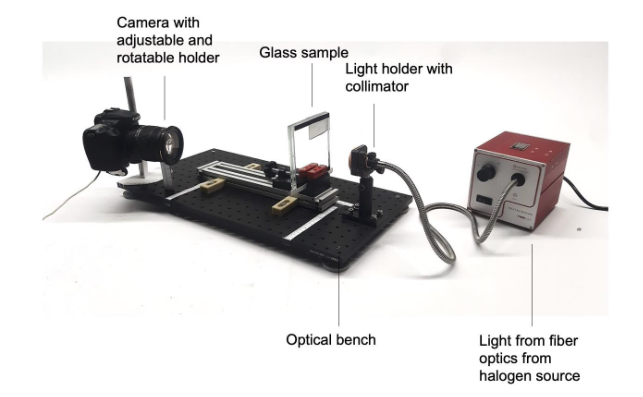Luminance-Based Methodology for Assessment of Haze in Glazing

Abstract
Visual defects, in particular haze, in glass and façade technologies can significantly impact the aesthetic quality and human experience of daylight and views in buildings. The glass and façade industry increasingly requires methods that can objectively predict and measure the subjective user experience of haze. This is required to appropriately inform the manufacturing process, ensuring optimal functionality and performance, and avoiding material waste and economic losses due to the replacement of defective glazing. Existing methods for measuring haze are not appropriate for assessing large samples, either at manufacturing sites or in-situ. However, haze defects are often only exhibited and visible when glazing is produced in large samples or installed under real luminous conditions. This paper introduces a novel HDR-based method that measures haze by evaluating the halo around a light source that is observed through the defected glazing. The halo serves as a proxy for haze severity and it is quantified by using luminance-based measurements. In this work, the newly-proposed method is verified by comparing the ranking in haze severity of different samples as performed by means of a standard hazemeter and the newly proposed method. Additionally, the paper examines the dependence of this ranking on factors such as camera setup distance and light intensity. It was found that the proposed method was able to effectively ranks samples differing in haze intensity by more than 0.1 orders of magnitude. Positioning the camera closer to the glazing and using higher light intensity yielded more accurate results. However, for haze levels below 1% and differences smaller than 0.1 orders of magnitude, the accuracy is insufficient. To define the expected level of accuracy of methods for haze characterisation in-situ, the sensitivity of the human eye to haze under varying luminous environments and view content needs to be quantified.
Published
Issue
Section
Optical & Thermal Performance
License
Copyright (c) 2024 Alessandra Luna Navarro, Eleonora Brembilla, Pedro de la Barra, Louis Moreau, Mauro Overend

This work is licensed under a Creative Commons Attribution 4.0 International License.



